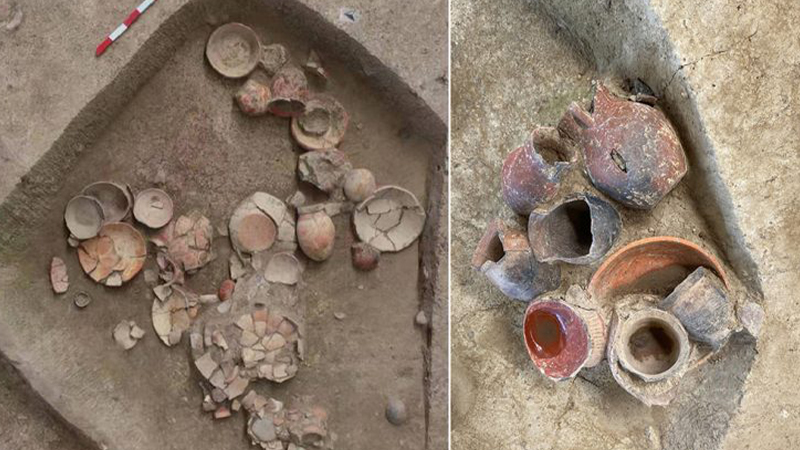Archeological findings in southeast China show evidence of ritualistic beer-drinking dating back nearly 9,000 years.
The discovery took place at an ancient burial site in the provincial town of Qiaotou, where microfossils were found on nearby pottery alongside two skeletons. Researchers investigated seven ornately designed vessels, which the study referred to as Hu pots, used for drinking alcohol centuries down the line.
Residue found on the pottery demonstrated that these vessels were used to hold an ancient form of beer, made from fermented rice and grains These findings predate written records of beer making, which date back 8,000 years — leaving researchers to believe this was an accidental invention.

“We don’t know how people made the mold 9,000 years ago, as fermentation can happen naturally,” study co-author Jiaing Wang told Heritage Daily. “If people had some leftover rice and the grains became moldy, they may have noticed that the grains became sweeter and alcoholic with age.”
This mold can be found in the modern-day koji, used for sake and other East Asian beverages. The beer that was consumed at the burial sites “would not have been like the IPA we have today,” Wang shares. These were sweet and cloudy in color, and were made mainly for ritualistic purposes.
Still, the presence of beer nearly 9,000 years ago defies our understanding of drinks history. The domestication of rice for consumption purposes was just getting started in the region along the Yangtze River Valley, meaning the remains at Qiaotou were an early feat.
Going forward, Wang and his team are hoping to look at how “ritualized drinking” in the region allowed for complex social relationships and societies to emerge nearly 4,000 years later.
